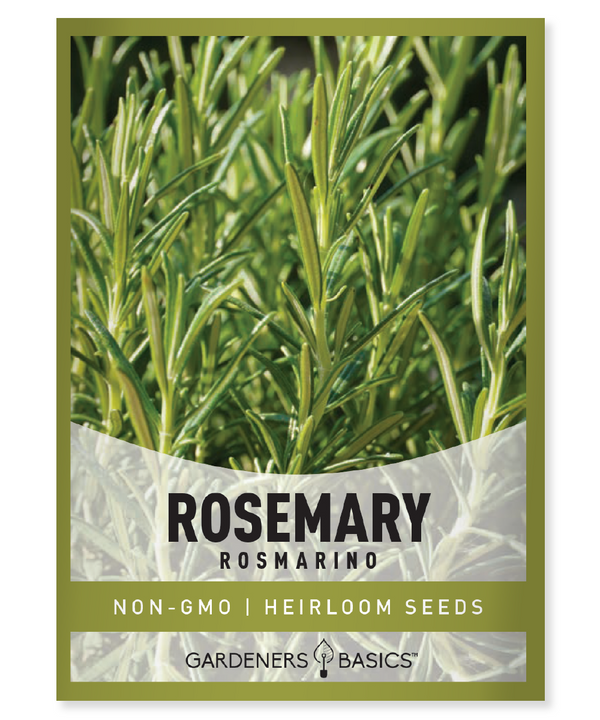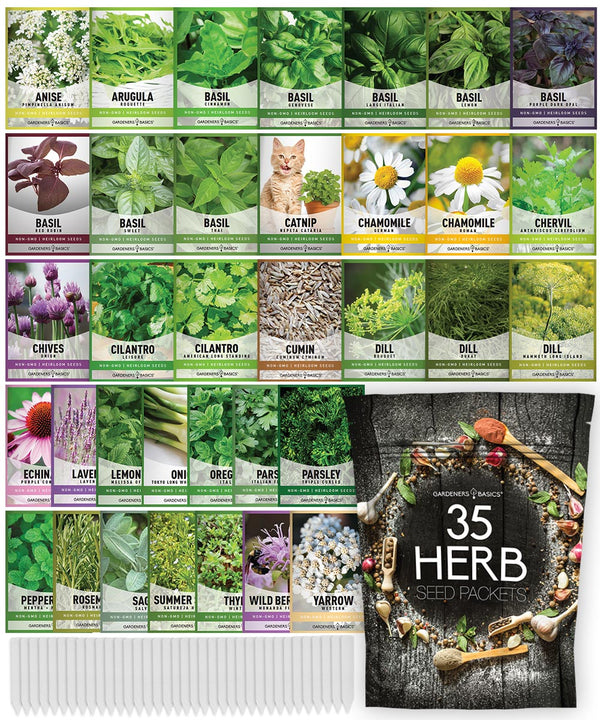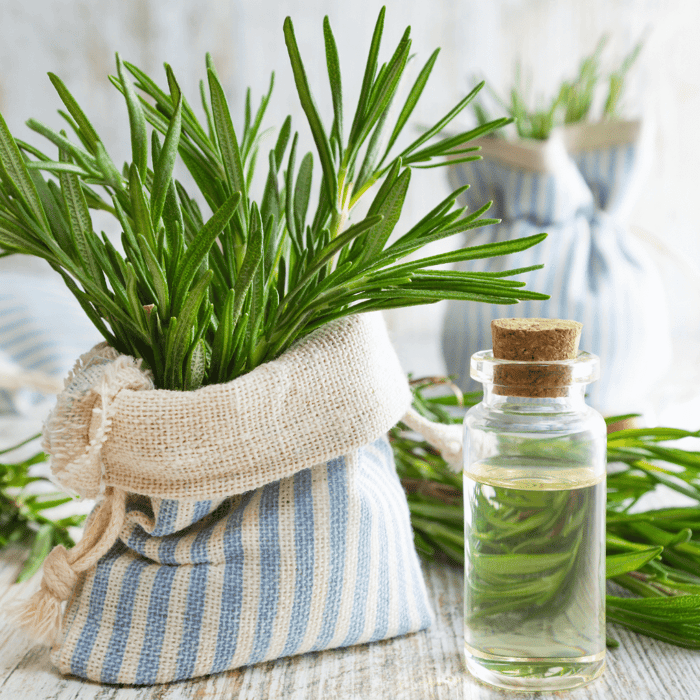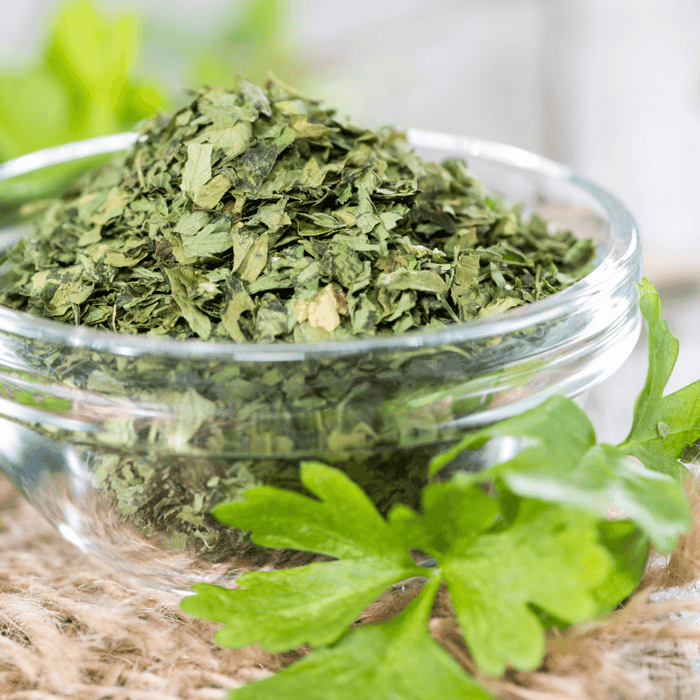As a passionate female gardener, I have always been fascinated by the myriad of plants and herbs that can be grown in our gardens. One of my all-time favorites is rosemary. Not only does it have a unique and captivating aroma, but it also adds a delicious and distinctive flavor to a wide range of dishes. This article will explore the question: "Are all types of rosemary edible?" We will delve into the different varieties of rosemary and discuss their culinary uses and health benefits.
1. Understanding Rosemary: A Versatile Herb
Rosemary (rosmarinus officinalis) is a popular evergreen herb native to the Mediterranean region. Its needle-like leaves, fragrant flowers, and woody stems make it a versatile and attractive addition to any kitchen garden or landscape. Some common uses of rosemary include:
- Culinary purposes: Rosemary is a staple in many kitchens and is often used as a seasoning in various dishes, such as meats, poultry, fish, and vegetables.
- Rosemary flowers: The delicate flowers are not only a beautiful addition to your garden but also edible and can be used to garnish dishes or in salads.
- Aromatic and medicinal purposes: Rosemary's distinct fragrance is used in essential oils and potpourris, and it has a variety of health benefits due to its antioxidant and anti-inflammatory properties.
Rosemary Seeds

$2.49
Rosemary Seeds - Heirloom, Non-GMO, Non-Hybrid, Open-Pollinated Grow your own fragrant rosemary herb garden with our premium rosemary seeds, perfect for culinary use, container gardening, and adding beauty to your yard. These heirloom, non-GMO, non-hybrid, open-pollinated seeds ensure you’re cultivating… read more
2. Common Rosemary: The Classic Choice
The common rosemary is perhaps the most well-known variety of rosemary. It is an upright rosemary, growing up to 4-6 feet tall, and is frequently used in cooking. The leaves of this variety are typically broader and have a slightly milder flavor than other rosemary types.
2.1. Tuscan Blue: A Popular Cultivar
Tuscan Blue is a cultivar of common rosemary that is particularly popular due to its intense flavor and aroma. Its leaves are larger and broader than those of other varieties, making it an excellent choice for culinary uses.
3. Spice Island: A Flavorful Alternative
Spice Island is another upright rosemary variety that can reach up to 6 feet tall. It is named for its robust flavor, which is reminiscent of the spices found in the Mediterranean region. This variety is ideal for cooking, mainly in traditional dishes like Italian pasta or Spanish paella.
4. Benenden Blue: A Compact Variety
Benenden Blue is a compact variety of rosemary that usually grows up to 2-3 feet tall. This variety has a more intense flavor than common rosemary and is characterized by its narrow, silvery-blue leaves. Its smaller size makes it an excellent option for those with limited garden space.
5. Hill Hardy: A Cold-Resistant Cultivar
Hill Hardy is a cultivar of rosemary that has been bred precisely for its cold hardiness. It is an excellent choice for those in cooler climates, as it can tolerate temperatures lower than most other varieties. Despite its hardiness, Hill Hardy retains the classic flavor and aroma that rosemary is known for.
6. Golden Rain: A Colorful Twist
Golden Rain is a unique variety of rosemary that features bright yellow leaves, adding a touch of color to any garden or landscape. While its appearance is striking, Golden Rain has a milder flavor than other varieties, making it a suitable choice for those who prefer a more subtle taste.
7. Prostrate Rosemary: A Groundcover Option
Prostrate rosemary is a low-growing, spreading variety often used as a groundcover or landscape plant. It can grow up to 1-2 feet tall and spread to 4-8 feet wide, creating a dense mat of aromatic foliage. Although it has a slightly milder flavor than some upright varieties, prostrate rosemary is still edible and can be used in cooking.
7.1. Capri: A Delightful Dwarf Rosemary
Capri is a cultivar of prostrate rosemary known for its dwarf habit and trailing growth. It is perfect for use as a ground cover or in hanging baskets. Capri's flavor is similar to common rosemary, and its leaves can be used in various culinary dishes.
Popular Herb Seeds for Planting | 35 Variety Pack

$29.95
$49.95
Heirloom, non-GMO herb seeds for indoor and outdoor home gardens! Introducing our 35 Herb Seeds Variety Pack, the ultimate selection for any herb garden enthusiast! This premium assortment includes heirloom herb seeds that are non-hybrid, open-pollinated, and non-GMO, ensuring you get only… read more
8. Health Benefits of Rosemary
Besides its culinary uses, rosemary is known for its various health benefits. Some of these include:
- Antioxidant properties: Rosemary contains powerful antioxidants that help protect the body from damage caused by free radicals. This can contribute to a more robust immune system and improved overall health.
- Anti-inflammatory properties: The herb is known to have anti-inflammatory effects, which can help reduce inflammation and pain associated with conditions such as arthritis.
- Memory and cognitive function: Some studies suggest that rosemary may help improve memory and cognitive function, making it a potential natural remedy for age-related cognitive decline.
- Digestive health: Rosemary has been used traditionally to alleviate digestive issues such as bloating, indigestion, and heartburn.
Conclusion
So, are all types of rosemary edible? The answer is yes! While there are numerous varieties of rosemary, each with its unique characteristics, all of them can be used in the kitchen to enhance the flavors of your favorite dishes. From the classic common rosemary and Tuscan Blue to the more unusual Golden Rain and prostrate varieties, there is a type of rosemary for every garden and culinary preference. The added health benefits make this aromatic and versatile herb a must-have in any kitchen garden or landscape.
Remember, when using rosemary flowers, leaves, or stems in your dishes, always start with a small amount and adjust according to your taste preferences. So go ahead, explore the different varieties of this excellent herb, and enjoy the delightful flavors and aromas of rosemary.







